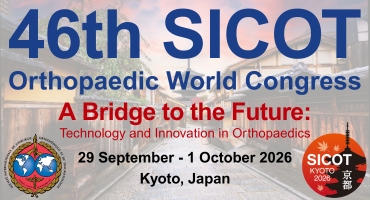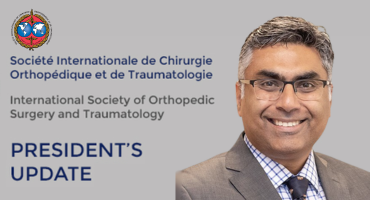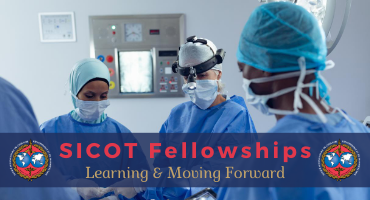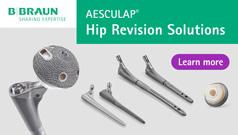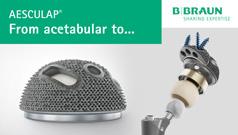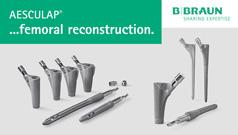Contemporary trends in incidence and outcomes of domestic violence among trauma patients in the US
Injury. 2025 Sep 23:112772. doi: 10.1016/j.injury.2025.112772. Online ahead of print.
ABSTRACT
BACKGROUND: While domestic violence (DV) - encompassing abusive action towards children, intimate partners, and elderly patients - is frequently reported at US trauma centers each year, contemporary data on DV trends and outcomes remain limited.
METHODS: We identified all trauma patients with DV using the 2018-2021 American College of Surgeons Trauma Quality Improvement Program (ACS-TQIP) database. Temporal trends were analyzed using the Cochran-Armitage test. Multivariable logistic and linear regression models were used to assess the association of DV with in-hospital mortality, hospital duration of stay (LOS) and non-home discharge.
RESULTS: Among 4190,728 trauma admissions, 8677 (0.2 %) involved DV, with the majority being children (73.6 %), followed by adults (19.5 %) and elderly patients (7.0 %). DV-related trauma admissions increased significantly from 2018 to 2021 (1.7 to 2.0 per 1000 trauma admissions, trend test P < 0.001). DV victims were more frequently female (48.8 vs 39.0 %), Black (30.7 vs 15.2 %), and insured by Medicaid (61.8 vs 18.0 %). DV was associated with higher in-hospital mortality among children (AOR 4.86, 95 % CI 3.88-6.10) and elderly patients (AOR 2.59, 95 % CI 1.42-4.73). Children with DV had significantly longer LOS by 2.1 days (95 % CI 1.8-2.4 days). Children (AOR 2.98, 95 %CI 2.30-3.85) and elderly DV patients (AOR 1.60, 95 %CI 1.15-2.23) had increased odds of non-home discharge.
CONCLUSION: DV-related trauma admissions have risen significantly across national trauma centers. Enhanced protocols at trauma centers may provide critical opportunities for DV identification and intervention as well as prevention strategies.
PMID:41033958 | DOI:10.1016/j.injury.2025.112772






